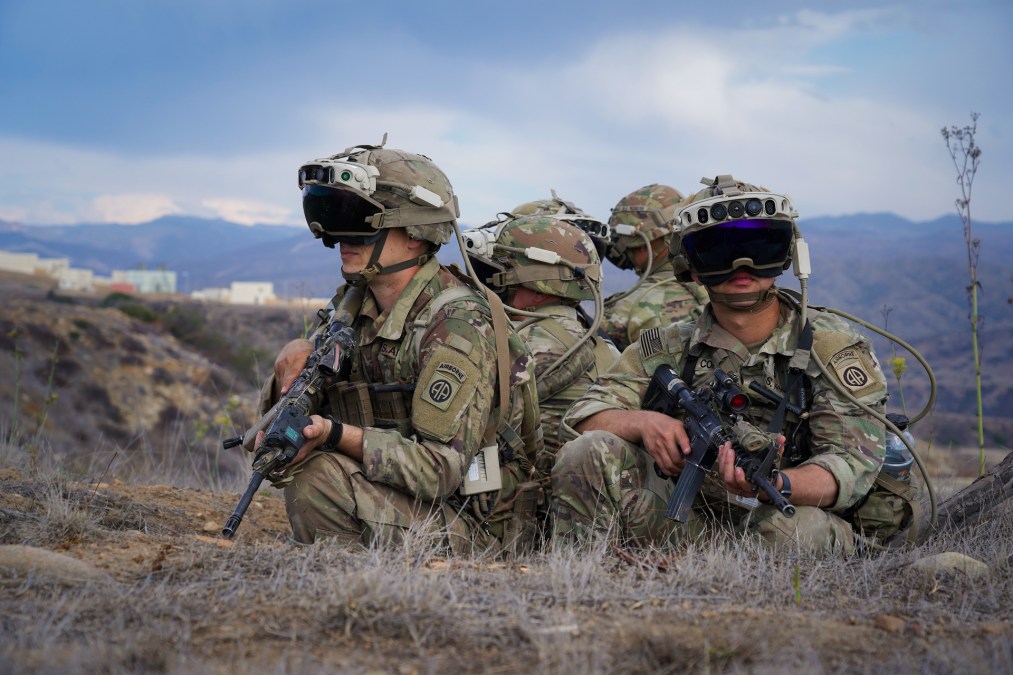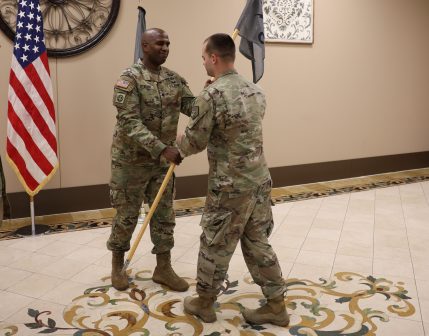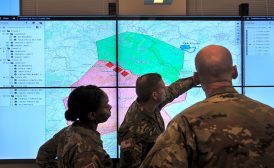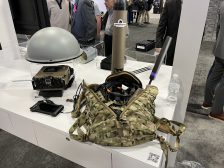Army finalizing information capabilities baseline

The Army is in the final stages to approve a document that will outline how it pursues capabilities to achieve an “information advantage.”
The Information Systems Information Dimension Initial Capabilities Document, or ID-IS ICD as it’s called, will provide the initial guidance for how organizations can write requirements for systems and capabilities within the information domain.
The Army is gearing up to publish doctrine on what it terms information advantage, with an expected publication of Army Doctrinal Publication 3-13, Information, slated for October with an associated field manual to follow.
Unlike the other services that are part of the joint force, the Army has eschewed the term “information warfare,” reserving that term to describe adversary activities. Instead, the Army has said there is only one operational environment with three dimensions within that environment: the information dimension, human dimension and physical dimension.
As the Army aims to make information advantage doctrine for the entire force — which encompasses five pillars that include enable, protect, inform, influence and attack — it needs capabilities to achieve that advantage.
“Why do we need this [capabilities document] across the Army right now? We have programs of record that do stuff and things, but we also have organizations that are doing their own work and doing great work, but they go and buy things off the shelf and they just do it and use it to help their mission,” Col. John Agnello, director of the Army program office for information advantage at the Cyber Center of Excellence, said on The Cognitive Crucible podcast hosted by the Information Professionals Association this week. “Well, how can we take those things that are non-program record and also can we take all those various program of records that are out there and how can we consolidate them under one umbrella to look at what that materiel solution should be across the board?”
Once the Army approves this initial capabilities document, requirements documents for individual programs can be written and then developed, he said.
There are four broad buckets of capabilities under the initial document, according to Agnello.
The first is a capability to enable the Army to help it perform target audience engagement. The second is information dimension analysis and assessment. The third involves protecting information and concealing it from enemy activity. The fourth involves programs for public affairs personnel.
“We talked about the inform function in our public affairs world. They don’t even have a true program of record for information production and delivery,” Agnello said. “You’ve got all these public affairs officers across the Army and they have their own cameras, their own video devices that they record, they upload and they transfer and transmit video and photo across the world. But there’s no standard system. Organizations buy cameras here and there. Let’s make something that is actually a standard when it comes to what’s the cameras that they’re going to use, what’s the video device they use, and how are they going to upload that and disseminate it across the world.”






